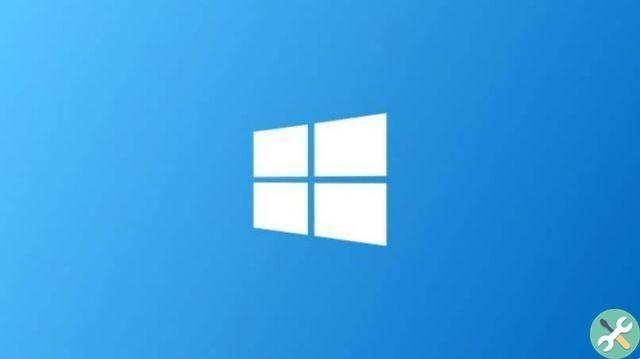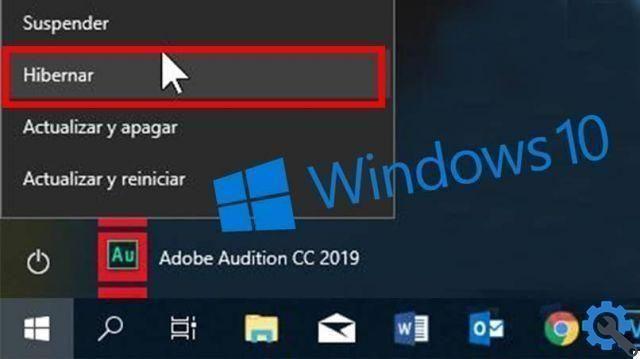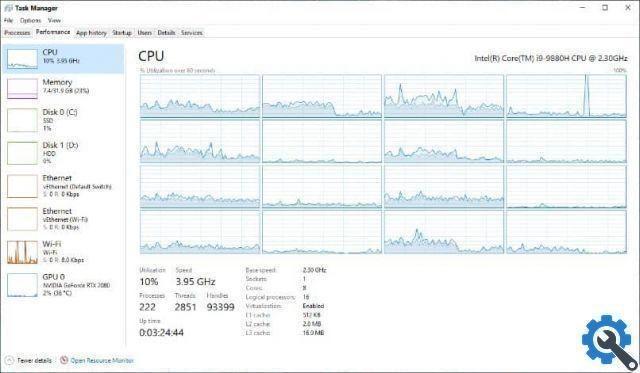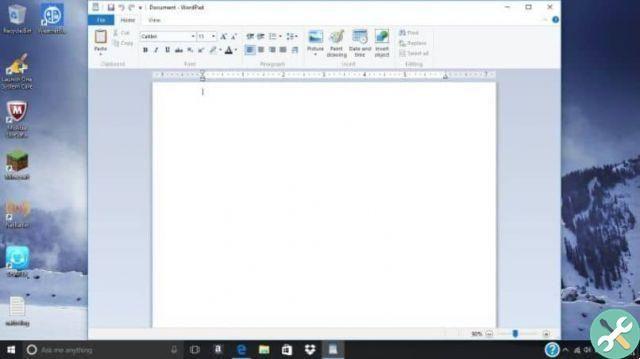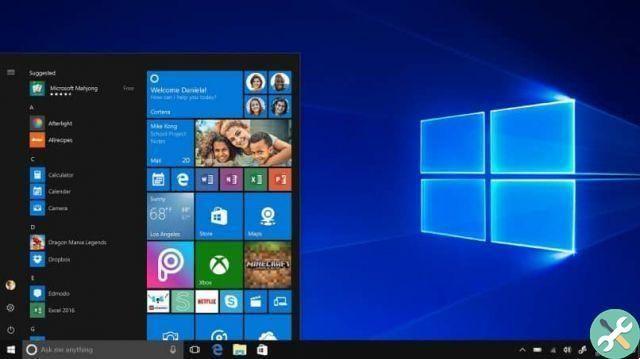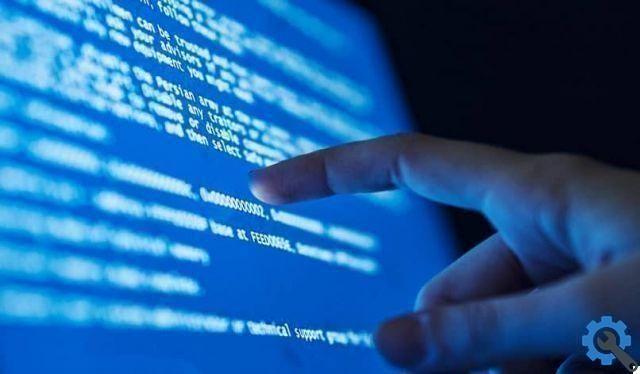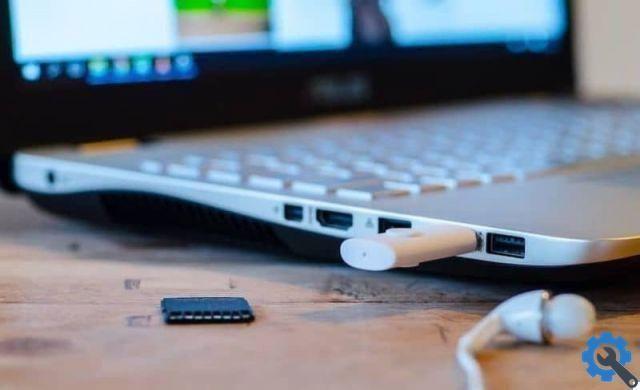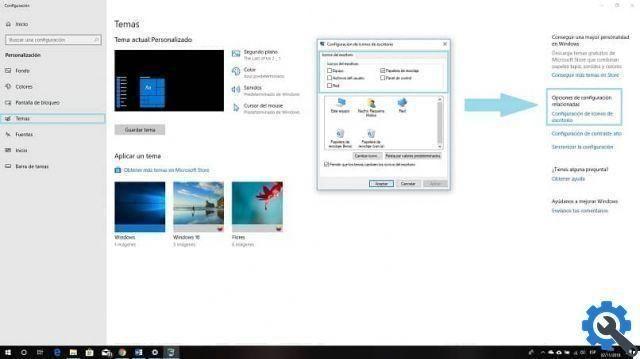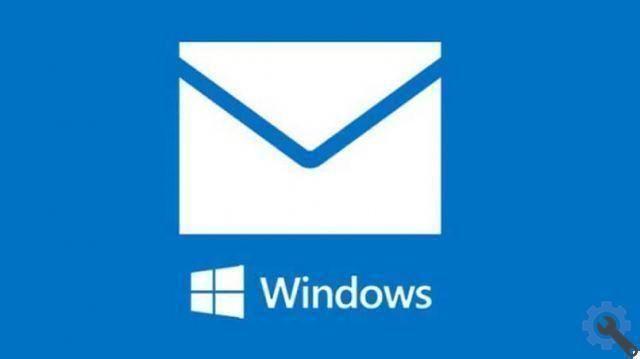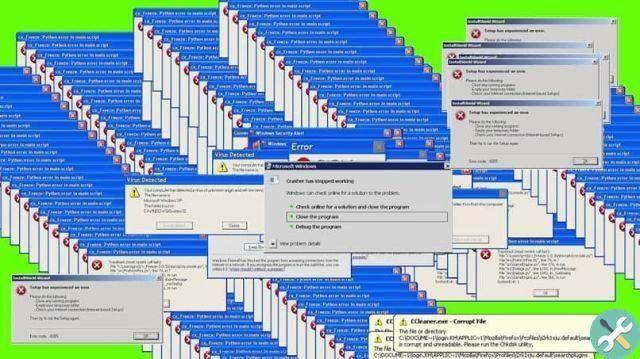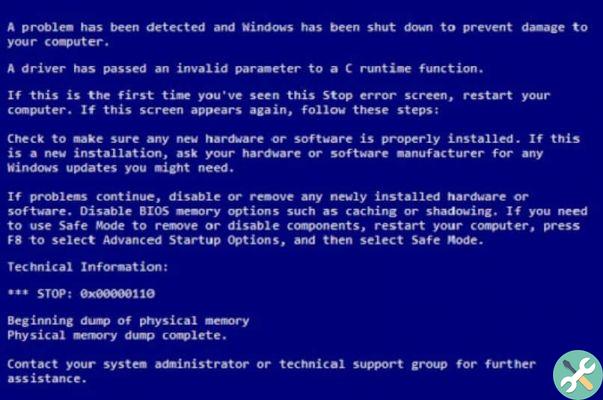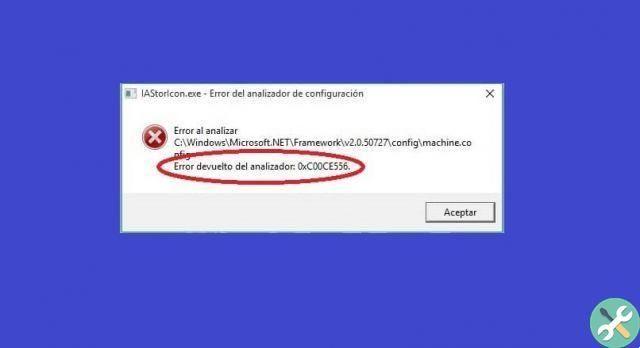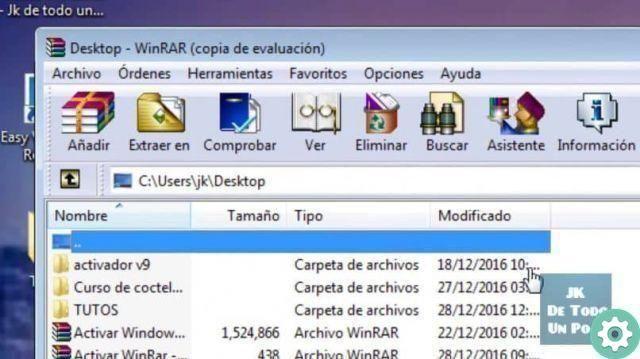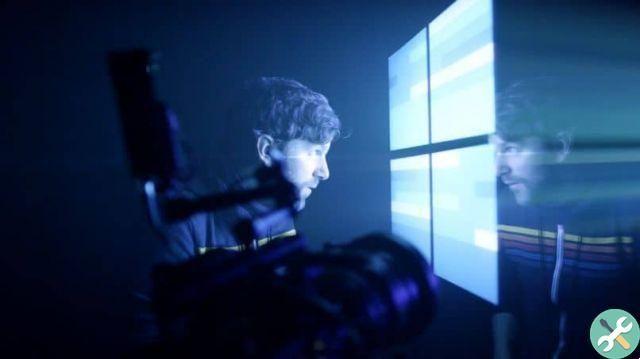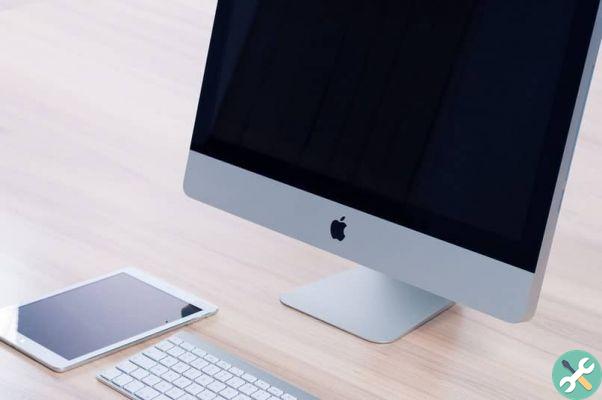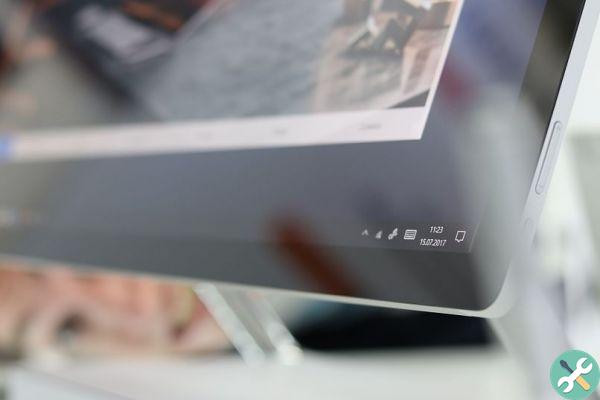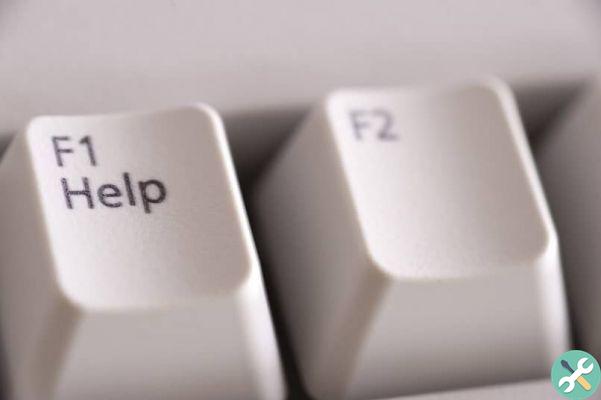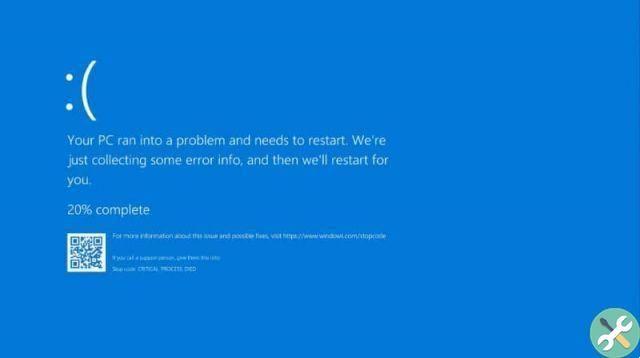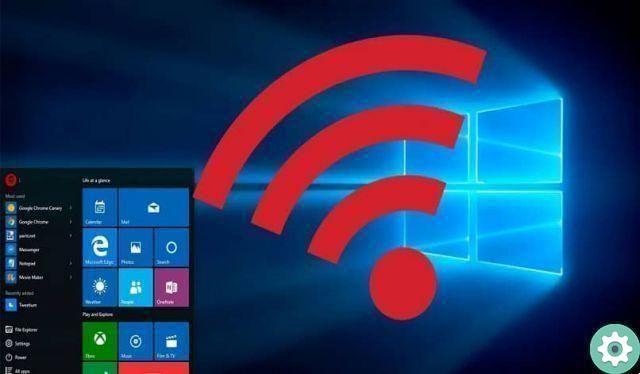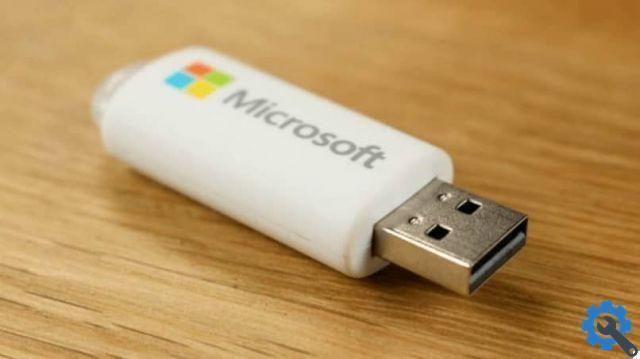Connecting to a computer other than your own is a daily task for many people and can be done easily by logging into the remote desktop of Google Chrome, for example. If you still don't know how to access your remote desktop connection history in Windows, for delete stored information, here we show it to you.
With the guide that we will provide you, you will get in simple steps, delete all the history that you no longer want on your computer. So, be very careful with the procedure and you will find that you can do it in minutes.
This tutorial will help you delete remote desktop connection history, in Windows 7, 8 and 10. So you can follow it with the utmost confidence that you will achieve your goal of deleting the history you no longer want on your computer. Therefore, below we will explain how this information is displayed on your computer and what simple steps you need to take to get rid of it.
What does the connection history look like on the remote desktop?
To get rid of the remote desktop connection history in Windows, it's first important to understand how you get there. This happens when you connect to the Windows remote desktop to access files located on a device other than your own and Windows automatically registers it.
How to delete remote desktop connection history in Windows" src="/images/posts/0f1764fab1668ffcd35e14e202cbb5c7-0.jpg">
In this way Windows creates a computer link between your computer and the equipment I use, and in turn sets a record in history.
Now, if you are using the remote desktop of a shared or public computer, it is understandable that you want to delete the information. But don't worry, the tips we provide here can be put into practice on any computer running Windows.
Why does Windows keep this history?
When you use Remote Desktop Connection History in Windows to connect with another electronic device, the name is automatically recorded. The name of the electrical device is registered in the “Computer connection” to “remote desktop” box, which will facilitate the search for information.
This method, which uses Windows storage, allows the user, the next time they want to access another computer using the remote desktop, to easily download it to the computer. Naturally, by connecting various equipment to the computer, the list of connection history on the remote desktop will grow.
And maybe because of that, you want to delete some that you don't use most frequently, but what's the process of deleting history? Next, we will explain step by step how to delete the history of remote desktop connections in Windows, quickly and easily.
How to delete remote desktop connection history in Windows
In order to delete the remote desktop connection history, you must log in to the "Windows Registry" and follow these steps.
How to delete remote desktop connection history in Windows" src="/images/posts/0f1764fab1668ffcd35e14e202cbb5c7-1.jpg">
- To manually clear the history, you will need to log into the Windows Remote Desktop Connection and type the word “Registry”.
- Next, you will need to select the “Enter” option, after that it will open a card with the name of "Registry Editor".
- Next, you should go to a key with the following specifications: HKEY_CURRENT_USER Software Microsoft Terminal Server Client Default.
- After selecting it, the “MRU Number” will appear, located on the right side of the panel.
- Next, you need to right click on “Voice”, then you have to choose the "Delete" option And that's it.
As we can see, this is a simple method of deleting remote desktop connection history in Windows, which will give you excellent results. Therefore, we encourage you to familiarize yourself with this quick procedure, for clean your computer memory and thus obtain more space for new connections. In this line of ideas, we recommend that you also take advantage of deleting the clipboard history to free up more space.
Tagsfinestre




